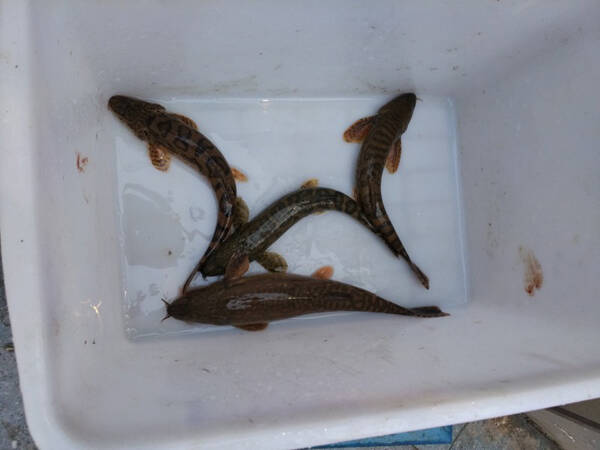Triplophysa siluroides, scientific name: Triplophysa siluroides (Herzenstein, 1888), is a fish of the genus Triplophysa in the family Cobitidae, and is the largest species in the family Cobitidae.

The plateau loach often likes to lurk in the river sections with deep and turbulent gravel bottoms such as the main stream and large tributaries. It also lives in alluvial silt, slow-flowing and still water bodies with many aquatic plants, and lives a benthic life.
The plateau loach was once an economic fish in its place of origin. Since plateau fish grow very slowly and there are few high-quality fish in the upper reaches of the Yellow River, the plateau loach is not only large in size, but also has plump muscles and good meat taste. Therefore, it is regarded as an economic edible fish and is caught in large quantities, resulting in a significant decline in resources. Only in the plateau areas where human eyes are relatively rare, it still maintains a certain number.
There is no significant difference in crude protein, crude fat, crude ash, water content, total amino acids, total non-essential amino acids, and total umami amino acids in the muscles of wild and artificially cultivated plateau loach (P>0.05). The amino acid composition of wild and artificially cultivated plateau loach is basically the same, both containing 17 amino acids (tryptophan was not measured), and the essential amino acid index (EAAI) is 85.17 and 82.48 respectively. According to the amino acid score (AAS), the first limiting amino acid of the catfish is valine (Val); according to the chemical score (CS), the first limiting amino acid of the catfish is methionine + cystine (Met + Cys). Comprehensive analysis shows that the wild catfish is slightly higher than the farmed catfish in terms of conventional nutritional quality. The farmed catfish is as delicious as the wild catfish and is an ideal food source for supplementing the lysine needed by the human body.
Due to the relatively cold weather in the Northwest Plateau, the catfish lays eggs in July and August. The common individual body length is about 150-480 mm, the largest individual body length is 482 mm, and the weight is 1.5 kg.
It is listed in the second level of the "List of National Key Protected Wildlife in China". (Wild populations only)
Protect wild animals and stop eating game.
Maintaining ecological balance is everyone's responsibility!